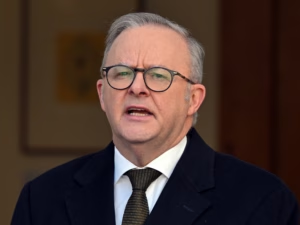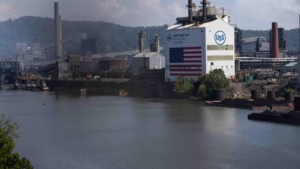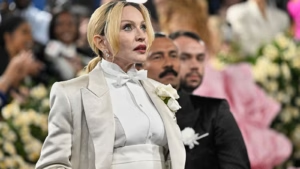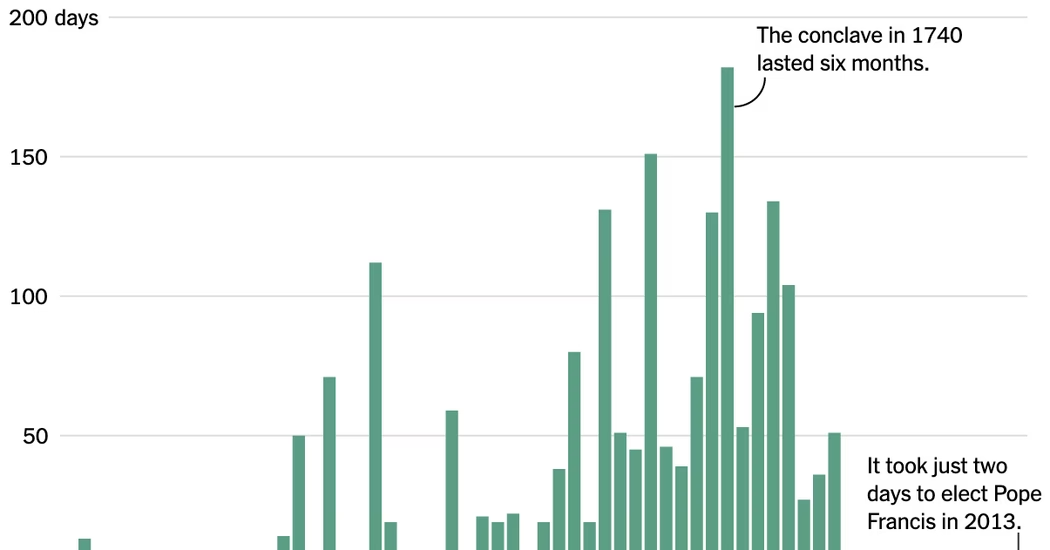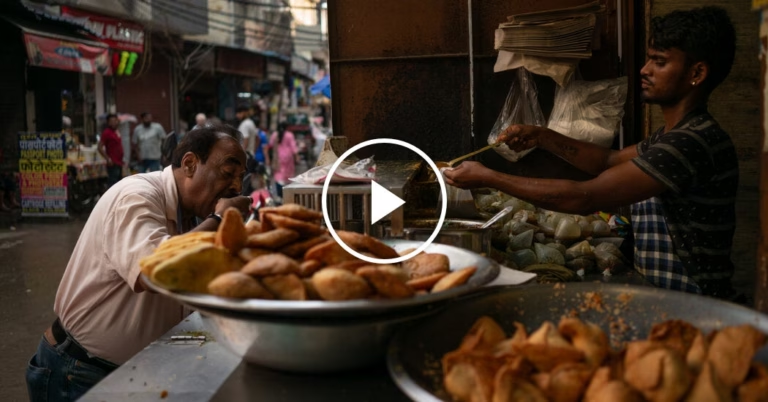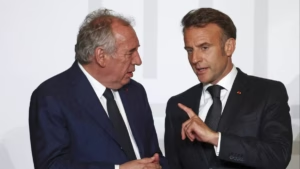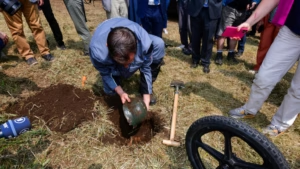The duration of the conclave, where Roman Catholic cardinals gather to elect a new pope, is uncertain. There is no fixed time limit, as the process continues until a two-thirds majority of the 133 voting cardinals reach a consensus. The length of previous papal selections has varied from a few hours to nearly three years.
In the 13th century, the practice of secluding the cardinals during the conclave began after locals in Viterbo, near Rome, became frustrated with a prolonged selection process that lasted almost three years. The cardinals were locked in a papal palace and exposed to the elements, with their food rations reduced until they made a decision. Pope Gregory X was eventually chosen after 33 months.
Gregory X subsequently established fixed rules for the conclave, including reducing meals to one per day after three days without a pope being elected, and providing only bread and water after five more days. Despite these rules, some papal elections in the 17th and 18th centuries still dragged on due to the influence of European Catholic monarchies.
In recent times, conclaves have become shorter in duration. The last two popes, Francis and Benedict XVI, were elected within two days. The current conclave may potentially last longer due to the large and diverse College of Cardinals, many of whom were appointed by Pope Francis in recent years and may not be familiar with one another. Cardinal Timothy M. Dolan of New York has packed 12 packets of peanut butter, anticipating a longer process. However, others predict a faster selection, suggesting that the cardinals will converge on a well-known name.
Source: https://www.nytimes.com/2025/05/08/world/europe/pope-conclave-how-long.html
